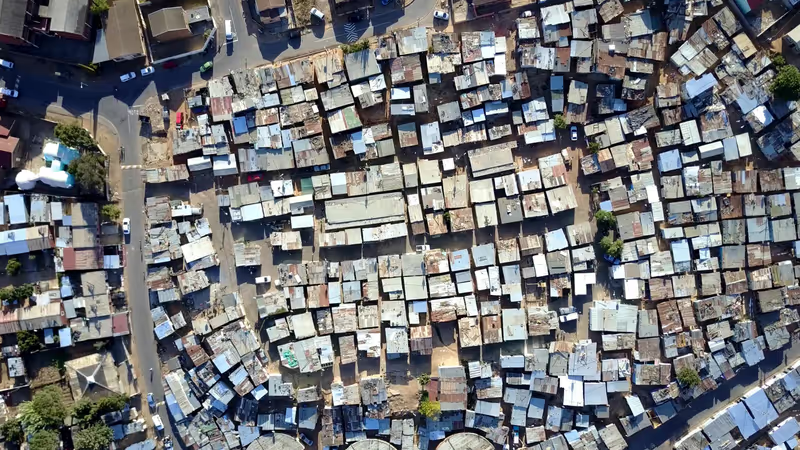| Student: | Y. Ying |
|---|
Current property valuation studies mainly apply 2D geoinformation and 2D-based workflows to estimate property values and measure the influences of different factors. It is now being challenged at twofold. First, as the urbanisation accelerates, more population shift from rural to urban areas. The urban morphology is transformed by the growing number of buildings constructed for sheltering the increasing population, and it will keep evolving in the future decades. Profound changes happen in the vertical dimension concerning 3D geoinformation, but it fails to be captured in current property valuation, which will cause inaccurate property value estimates. Second, the current studies mainly adopt manual modelling processes, which is considered time-consuming and human-intensive.
To better utilise 3D geoinformation and improve the efficiency of property valuation, cutting-edge technologies are needed. 3D modelling is capable of spatially analysing 3D geoinformation and providing realistic 3D visualisation, which has been proven by recent developments in urban domains. Although 3D modelling seems to be a promising technology towards 3D property valuation, several bottlenecks appear, such as complex modelling process from sketches, large data volume and high data composition complexity. It is expected that adding machine learning (ML) can help 3D modelling in terms of modelling efficiency. Nevertheless, whether 3D modelling and ML can address the current problems of property valuation and improve it remains unknown and needs further investigation.
This research aims to include the third dimension in property valuation in complex urban areas using cutting-edge technologies (3D modelling and ML). The overall methodology is inspired by design science research, which includes case studies with single- and multiple-case design, systematic literature review and experiment research. It starts with identifying the requirements of experts and end-users for adding 3D data in property valuation. Then it parallelly studies the cutting-edge technologies to form a solid knowledge base: first, it analyses the spatial analytical capabilities of different 3D modelling methods; second, it uses 3D data and experiments with several ML algorithms for property valuation modelling. Finally, a 3D property valuation workflow integrating 3D modelling and ML is proposed and validated. Fieldwork is scheduled to be undertaken for experts’ knowledge and necessary 3D geoinformation. The research outputs expect holistic requirements of experts and end-users for adding 3D data in property valuation, the selection and arguments of appropriate 3D modelling methods and ML algorithms for property valuation, and an integrated 3D property valuation workflow using 3D modelling and ML.






